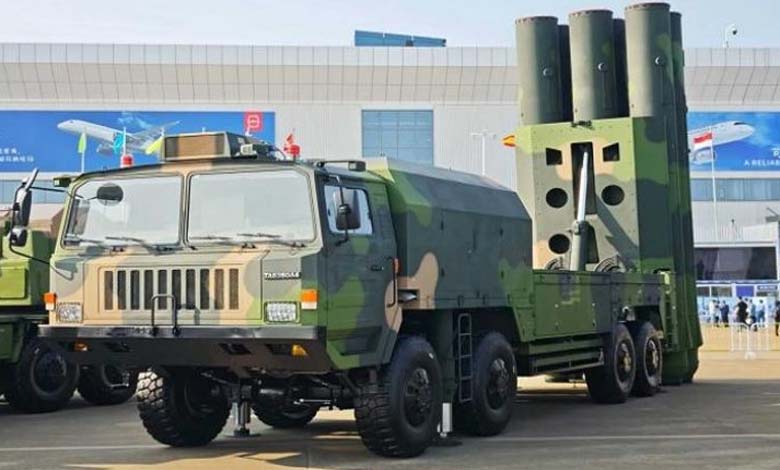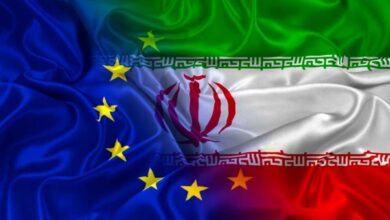HQ-19: An Advanced Chinese Shield Enters Pakistan’s Defense Calculus

Strengthened Strategic Military Cooperation
In a move reflecting the deepening military partnership between Islamabad and Beijing, the Pakistani government has confirmed receiving a Chinese offer to acquire the advanced HQ-19 ballistic missile defense system.
This development represents a significant leap in Pakistan’s air defense capabilities. In recent years, Pakistan began modernizing its arsenal with mid-range systems like the HQ-16, followed by the HQ-9B long-range system in 2021, which provided enhanced early warning, surveillance, and air operation support capabilities.
-
Beijing Strengthens Defense Capabilities with the “HQ-19”: A Missile Shield Protecting Chinese Airspace
-
J-20 Fighters: Beijing under the Protection of the “Phantom”
A New Defensive Layer Against Ballistic Threats
The HQ-19 introduces a new high-altitude defensive layer, designed to counter ballistic missile threats—especially nuclear-capable missiles. It is engineered to intercept these threats during their midcourse phase outside the Earth’s atmosphere (exo-atmospheric trajectory).
Technologically comparable to the US THAAD (Terminal High Altitude Area Defense) system, the HQ-19 boasts advanced interception and sensing technologies, with an engagement range exceeding 1,000 kilometers—sufficient to cover most of Pakistan’s territory and capable of intercepting low Earth orbit satellites as well.
-
The Buried Hell… What Is China Hiding Beneath Its Mountains?
-
A Nuclear-Proof Facility Ten Times Bigger Than the Pentagon… Discover China’s “Fortress”
Technical Features of the HQ-19
The system likely employs hit-to-kill interceptors using kinetic energy to neutralize threats at high altitudes. These missiles are believed to utilize thrust vector control for high-speed maneuvering where aerodynamic control is ineffective. The system may also rely on steep-angle cold-launch techniques to reduce structural stress on launch platforms.
Furthermore, the HQ-19 could be integrated with airborne early warning systems like the KJ-500, which Pakistan is also negotiating to purchase. Such integration would significantly enhance networked air defense operations and detection precision.
-
“The White Emperor”: Discover China’s Revolutionary Sixth-Generation Fighter
-
Facing China and U.S. Ambiguity.. Japan Rebuilds Its Military Power
Strategic and Geopolitical Implications
Deploying the HQ-19 could profoundly reshape the nuclear deterrence dynamics in South Asia. Given the relatively limited size of India’s ballistic missile stockpile, the system could serve as an effective shield against tactical or strategic nuclear strikes, potentially altering the region’s strategic calculations.
In response, India may feel compelled to adopt costly countermeasures: developing more advanced ballistic missiles with evasive capabilities (such as hypersonic glide vehicles), diversifying its nuclear delivery methods through submarines or aircraft, or investing in rival defense systems like the Russian S-500.
-
Ukrainian Accusations Against China for Supplying Russian Arms Factories… Beijing Responds Sharply
-
China bares its teeth… A major production leap for stealth fighters
A New Era in South Asian Security
If successfully integrated with the HQ-9B and KJ-500 systems, the HQ-19 would enable Pakistan to establish a multi-layered air defense network capable of countering both conventional aerial threats and ballistic missiles—thus significantly boosting the country’s strategic security.
While the deal is still subject to future negotiations, its implementation would represent a quantum leap in Pakistan’s missile defense capabilities, potentially reshaping the regional security environment and triggering a new arms race in missile defense and counter-strike technologies between South Asia’s two nuclear-armed powers.












